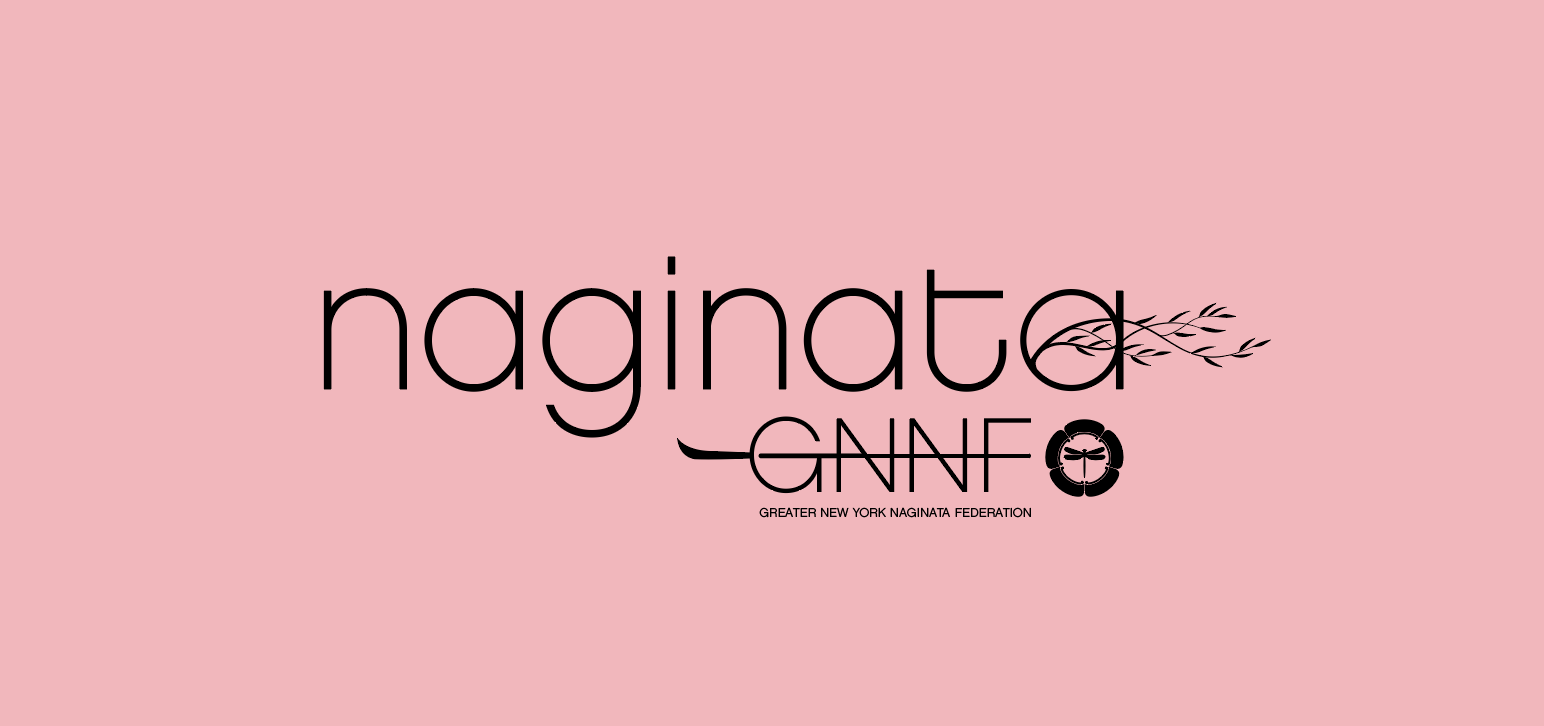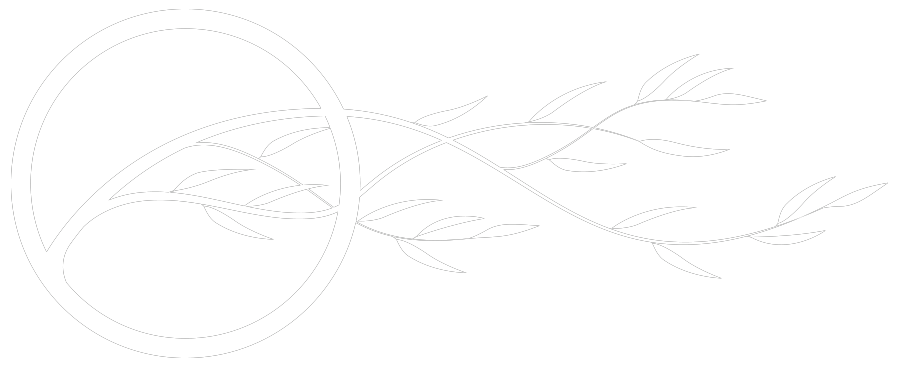
NAGINATA (薙刀)
Naginata, also known as "atarashii naginata" (あたらしいなぎなた), is a modern martial art involving the use of a Japanese halberd. The early users of the naginata were foot attendants to the samurai and warrior monks. Their primary use was to cut horses' legs during battles. Around 1400 A.D., the fighting style changed to using a long, straight spear in massed formations. The naginata was not suited for this style of warfare, so it was left at home for women to guard the house and castle. All samurai-class women were trained to use the naginata and a small dagger. The weapon has been associated with women ever since.
After WWII, some naginata masters gathered together to develop a sportified, post-modern version of naginata practice originally designed for Junior High School-level girls' physical education classes. This practice evolved further into a recreational physical activity suitable for individuals of all ages. This is how "atarashii" naginata was born.
Today, naginata is practiced worldwide by people of all ages and genders, and it continues to grow in both numbers and diversity. The standard curriculum comprises non-contact pre-arranged forms (kata) and full-contact sparring.
NYBA Naginata is under the guidance of Katie Roche Sensei of the Greater New York Naginata Federation and taught by Edward Kim Senpai (Nidan).
NYBA MONTHLY MEMBERSHIP IS $50 PER MONTH
Members of the GNYNF (Ken Zen and Columbia Naginata Club) are more than welcome to join our practice – $10 MAT FEE
*You are required to be a member of these organizations to attend this study group, as this is a new addition to our curriculum and we are working on establishing it – you can pay directly on our members page.
HISTORY
It is assumed that the naginata was developed from an earlier weapon type of the later 1st millennium AD, the hoko yari.[6][7] Another assumption is that the naginata was developed by lengthening the hilt of the tachi at the end of the Heian period, and it is not certain which theory is correct.[8]
It is generally believed that naginata first appeared in the Heian period (794–1185).[9] The term naginata first appeared in historical documents in the Heian period. The earliest clear references to naginata date from 1146.[10] In Honchō Seiki compiled from 1150 to 1159 in the late Heian period, it is recorded that Minamoto no Tsunemitsu mentioned that his weapon was a naginata.[9]
In the early Heian period, battles were mainly fought using yumi (longbow) on horseback, but in the late Heian period, battles on foot began to increase and naginata also came to be used on the battlefield. The naginata was appreciated because it was a weapon that could maintain an optimum distance from the enemy in close combat.[8] During the Genpei War (1180–1185), in which the Taira clan was pitted against the Minamoto clan, the naginata rose to a position of particularly high esteem, being regarded as an extremely effective weapon by warriors.[11] The Tale of the Heike, which records the Genpei War, there are descriptions such as ō naginata (lit. big naginata) and ko naginata (lit. little naginata), which show that naginata of various lengths were used.[9] The naginata proved excellent at dismounting cavalry and disabling riders. The widespread adoption of the naginata as a battlefield weapon forced the introduction of greaves as a part of Japanese armor. Ōyamazumi Shrine houses two naginata that are said to have been dedicated by Tomoe Gozen and Benkei at the end of the Heian period and they are designated as Important Cultural Property.[12]
However, according to Karl Friday, there were various notations for naginata in the Heian period and the earliest physical evidence for naginata was in the middle of the Kamakura period, so there is a theory that says when they first appeared is unclear.[10] Earlier 10th through 12th century sources refer to "long swords" that while a common medieval term or orthography for naginata, could also simply be referring to conventional swords; one source describes a naginata being drawn with the verb nuku (抜く), commonly associated with swords, rather than hazusu (外す), the verb otherwise used in medieval texts for unsheathing naginata.[10] Some 11th and 12th century mentions of hoko may actually have been referring to naginata.[13] The commonly assumed association of the naginata and the sōhei is also unclear. Artwork from the late-13th and 14th centuries depict the sōhei with naginata but do not appear to place any special significance to it: the weapons appear as just one of a number of others carried by the monks, and are used by samurai and commoners as well.[14] Depictions of naginata-armed sōhei in earlier periods were created centuries after the fact, and are likely using the naginata as a symbol to distinguish the sōhei from other warriors, rather than giving an accurate portrayal of the events.[15]
After the Ōnin War (1467–1477) in the Muromachi period, large-scale group battles started in which mobilized ashigaru (foot soldiers) fought on foot and in close quarters, and yari (spear), yumi (longbow), and tanegashima (Japanese matchlock) became the main weapons. This made naginata and tachi obsolete on the battlefield, and they were often replaced with the nagamaki and short, lightweight katana.[8][16][17][18]
In the Edo period (1603–1867), the hilts of naginata were often cut off and made into katana or wakizashi (short sword). This practice of cutting off the hilt of an ōdachi, tachi, naginata, or nagamaki and remaking it into a shorter katana or wakizashi due to changes in tactics is called suriage (磨上げ) and was common in Japan at the time.[8][19] In Japan there is a saying about swords: "No sword made by modifying a naginata or a nagamaki is dull in cutting" (薙刀(長巻)直しに鈍刀なし). The meaning of this saying is that naginata and nagamaki are equipment for actual combat, not works of art or offerings to the kami, and that the sharpness and durability of swords made from their modifications have been proven on the battlefield.[19][20]
In the peaceful Edo period, weapons' value as battlefield weapons became diminished and their value for martial arts and self-defense rose. The naginata was accepted as a status symbol and self-defense weapon for women of nobility, resulting in the image that "the Naginata is the main weapon used by women".[8]
In the Meiji era, it gained popularity along sword martial arts. From the Taisho era to the post-War era, the naginata became popular as a martial art for women, mainly due to the influence of government policies.[8]
Although associated with considerably smaller numbers of practitioners, a number of "koryu bujutsu" systems (traditional martial arts) which include older and more combative forms of naginatajutsu remain existent, including Suio Ryu, Araki Ryu, Tendo Ryu, Jikishinkage ryu, Higo Koryu, Tenshin Shoden Katori Shinto Ryu, Toda-ha Buko Ryu, and Yoshin ryu, some of which have authorized representatives outside Japan.


